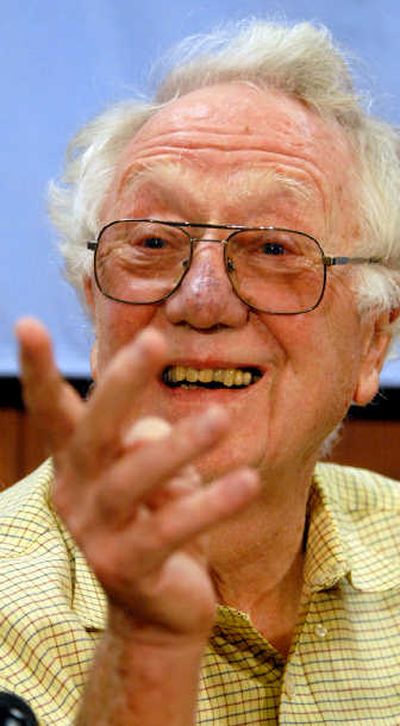Three win Nobel for helping create ‘designer mice’

Two Americans and a Briton were awarded the 2007 Nobel Prize in Physiology or Medicine on Monday for their work in creating “designer mice” – experimental animals in which genes have been added or removed to test theories about the links between genes and disease.
Mario R. Capecchi, 70, of the University of Utah; Oliver Smithies, 82, of the University of North Carolina at Chapel Hill; and Martin J. Evans, 66, of Cardiff University in Wales will share the $1.54 million prize for work the Nobel committee said “has revolutionized life science and plays a key role in the development of medical therapy.”
Evans isolated embryonic stem cells from mouse tumors, providing a tool that could be used to introduce new genes into mouse strains, and is widely considered to be the father of embryonic stem cell research. Such cells have the ability to turn into any other type of cells in the body, and researchers hope they will eventually be useful in treating a host of diseases.
Capecchi and Smithies independently developed techniques to target individual genes within an organism and eliminate or replace them with a slightly altered form that could then be passed down to descendants.
The “knockout” mice, in which specific genes have been eliminated, allow researchers to demonstrate exactly what the gene does in a living organism. Smithies compared the feat to removing the steering wheel from a car, for example, to see what role it plays in driving the vehicle.
Since the researchers reported their results in the 1980s, mouse strains have been produced in which about half of the mouse genomes’ 22,000 genes have been individually eliminated. Researchers expect all of the mouse genes to have received the treatment within the next few years.
The knockout mice also provide animal models for the diseases, allowing researchers to test new drugs and treatments.